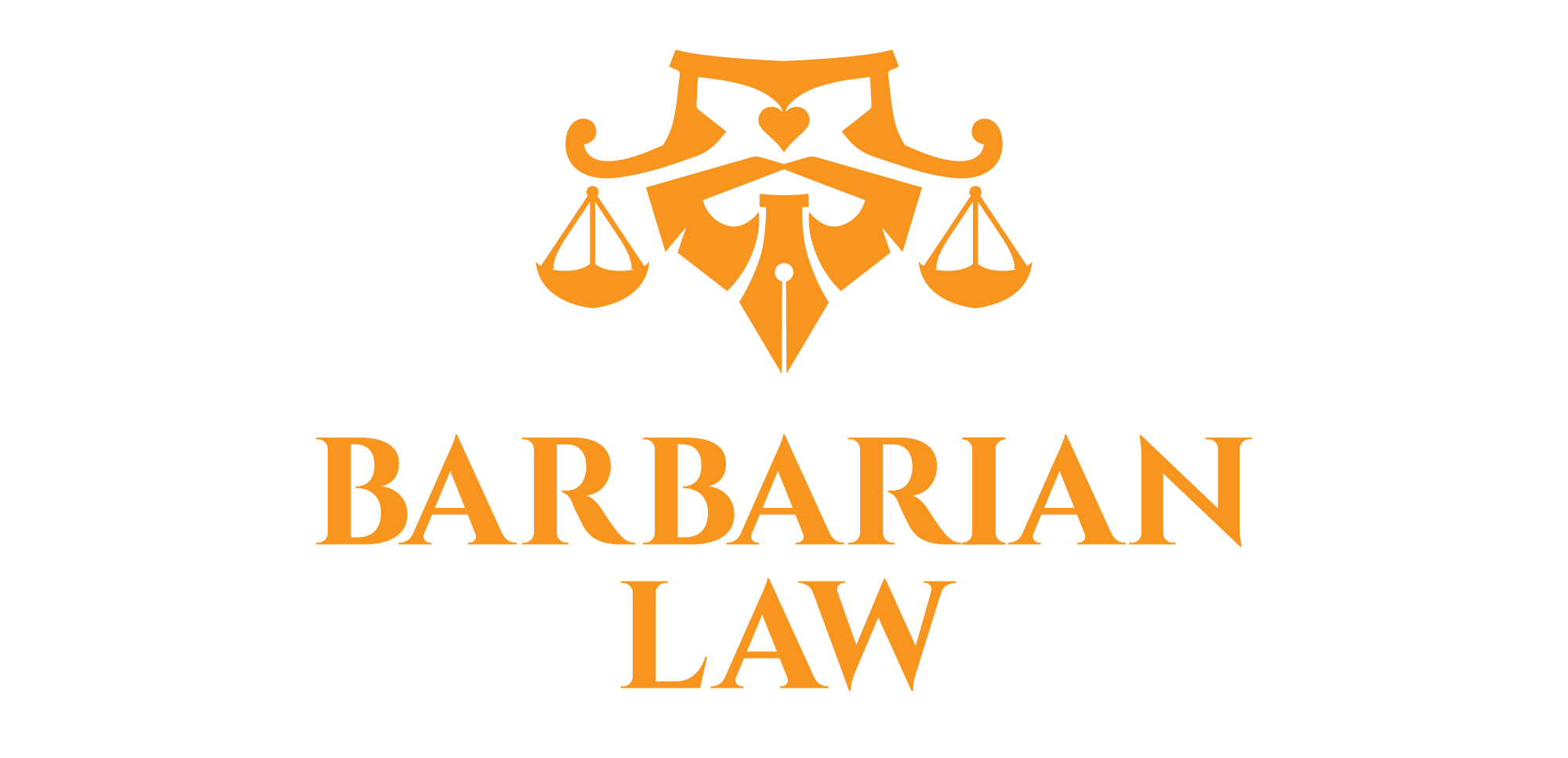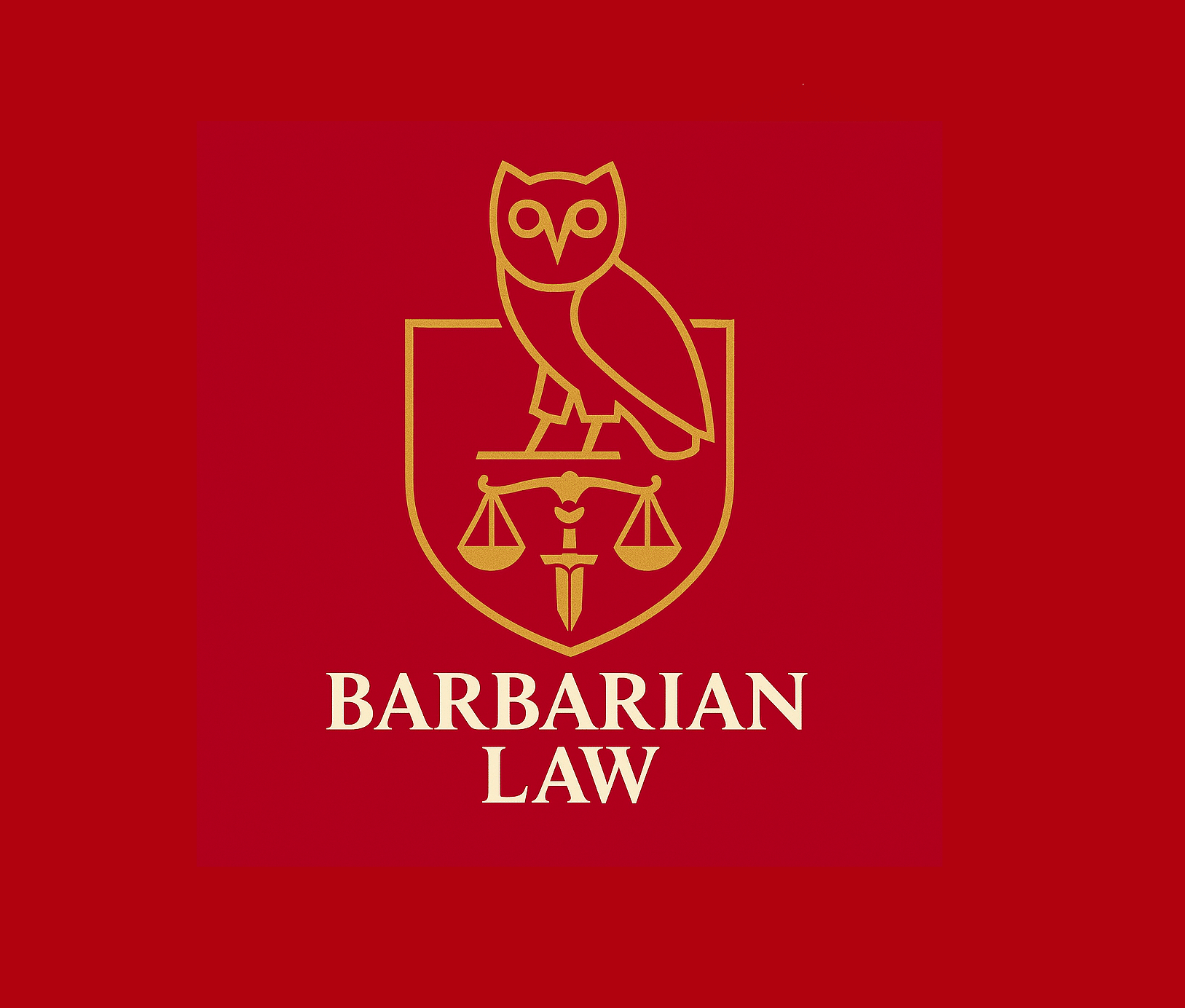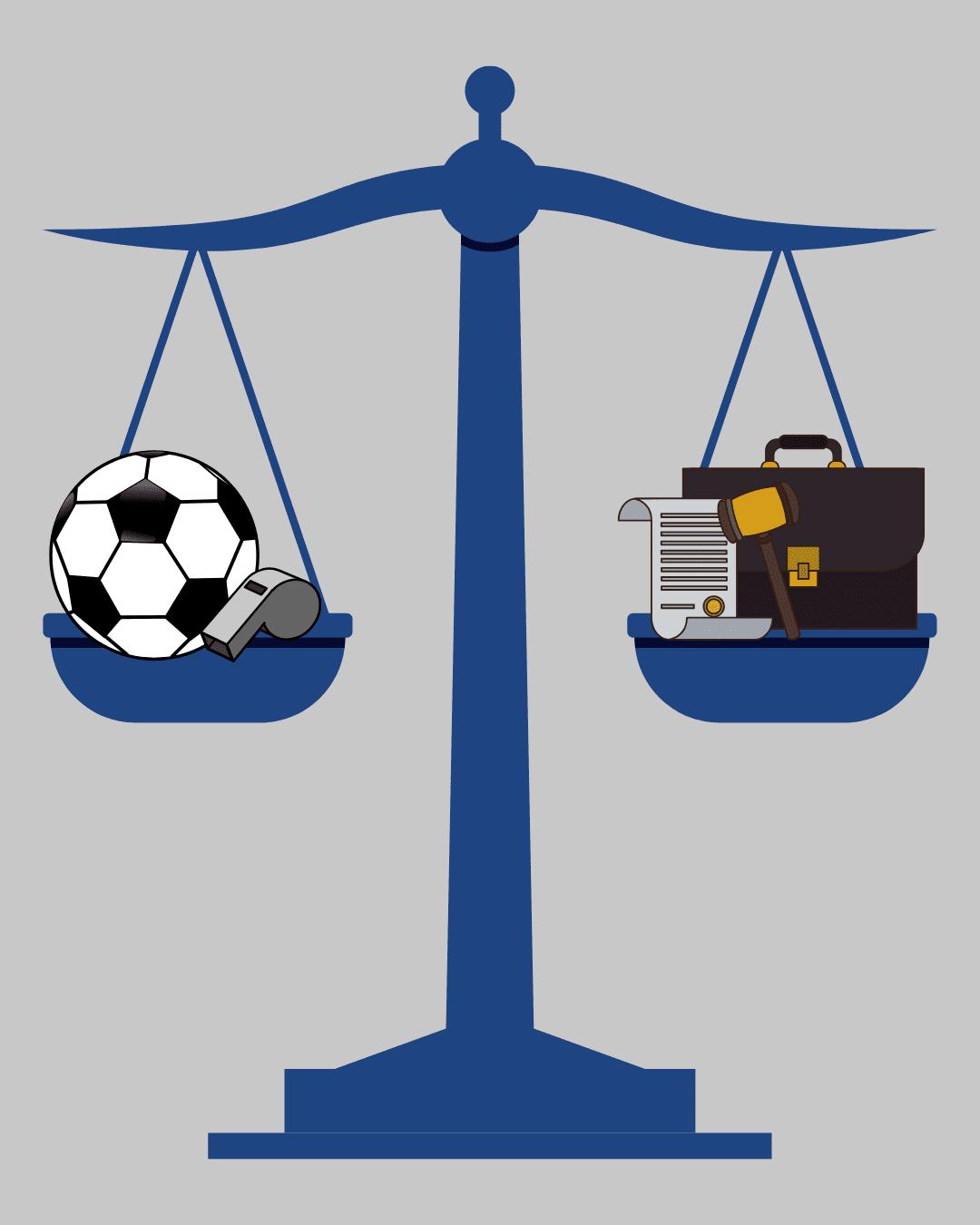History of Persian Meels
Wooden clubs or meels, originated as instruments of war. From Achaemenid drill yards and Parthian cavalry depots, the practice moved into the zoorkhaneh, the “house of strength.” There it fused with chivalric ethics and was ritualized under the morshed’s drum. Centuries later, a lighter offshoot travelled to Europe as “Indian clubs”, as a derivative. Long before modern sport categories, Iranian warriors used them to build rotational strength, tendon resilience, and controlled ferocity. Over centuries the practice absorbed Islamic and Sufi ethics and became Varzesh-e Bastani (Ancient Sport) and Varzesh-e Pahlavani (Champion’s Sport). The sport professed continuity plus character. Training happened in public, in a sunken pit often due to fear of persecution, and where precision, cadence, and humility were enforced by ritual. Strength was audited. That architecture mirrors how a serious firm should operate: technical processes continuously tested in the open, measured against a code, and never divorced from purpose. Our internal playbooks. Whether for share purchase transactions, real estate closings, or wills, are our meels: we repeat the right movement until it is automatic. Quality is not a feeling; it is a ritualized sequence that survives scrutiny.
Zurkhaneh
The zurkhaneh, the “House of Strength”, is not an ordinary gym; it embodies governance with respect for right practice. Entry is structured, roles are defined, hierarchy is earned, and the drum sets tempo and accountability. You do not freelance inside the pit; you submit to discipline that makes group excellence possible. Smart firms do the same. At Barbarian Law, we run our matters through a similar cadence: We have a meeting of the minds with our clients, ensure our interests are aligned, conduct conflict checks, define engagement, plan our strategy and get to work. We take seriously to heart the rules of the Law Society of Ontario (including trust accounting, identity verification, and fiduciary duty to our clients) and collaborate with them as a beat we vibrate with in the background. The lesson from the Zurkhaneh is simple: culture beats individual heroics. Most shops “work hard.” Few work to a drum. The latter is where risk collapses and throughput compounds.
The Pahlavan
The Pahlavan, the ethical strongman, was measured as much by restraint as by power. The code of javanmardi (chivalry) demanded humanity, trust, generosity, and service. Power is licensed by ethics. Greeks used to term “Barbarian” broadly to describe outsiders and non-Greeks. Romans borrowed it; later loaded it with “uncivilized”. Reclaiming the “Barbarian” brings an outsider advantage; disciplined and results driven, which pairs with the Pahlavan ethos behind the meels.
This is where many modern practices fail. They mistake client advocacy for client indulgence, speed for sloppiness, and negotiation for antagonism. Our standard is Pahlavani: direct, exacting, but principled. We push back on mispriced risk in commercial leases; we include Shotgun clauses in share deals. We tell estate clients the uncomfortable truths about capacity, family dynamics, and tax friction. Confidentiality is not a brand promise; it is a vow. Fair dealing is not “nice to have”; it is strategy, because counterparties remember who plays clean, and reputations reduce friction costs across years. The Pahlavan knew: strength without character is liability.
Olympic
When “club swing” appeared in the 1904 and 1932 Olympics, it had drifted into spectacle, judged choreography, decorative streamers, and a vanishing act from the program once gymnastics standardized. Case study: this is what happens when forming an outlives ethos. Law firms do it constantly. They buy software, publish policies, host DEI townhalls, then under deadline they revert to improvisation, recycling precedents without context, or cutting diligence because “the other side is friendly.” That’s Olympic club swinging: pretty, performative, and forgotten when pressure mounts. Our contrarian view: tools are neutral; only execution matters. We adopt tech after we have designed the ritual, checklists, version control, escalation triggers, red-flag tax matrices, and closing-room roles. The takeaway from the Olympic detour is clear: institutionalize the ethic first; standardize the motion second; then, and only then, SCALE.
Barbarian Law
This is where tradition meets our private practice. Barbarian Law’s motto, Where Art Meets Corporate Interest, is not aesthetic; it is a governance model. Meels map method. Music maps to cadence. Javanmardi maps to our client-first, conflict-averse, long-term value discipline. In practice:
- Precision: we draft like we lift, with controlled repetition: defined terms audited, shotgun clauses tuned to cash-flow reality; tax elections integrated early, not papered late.
- Research: We front-load the heavy work: market comps, regulatory friction and enforcement pathways before committing.
- Execution: we choreograph closings like rounds in the pit: responsibilities assigned, ownership transferred, documents exchanged, and key in your hands.
- Restraint: we say “no” when the risk-adjusted return is negative, even if saying “yes” would be easier.
Barbarian Law is more than a law firm; it is where the ethics that improved societies centuries ago are illustrated in the modern-day legal landscape. Where the client’s interests and wishes are worth fighting for under any circumstances.










